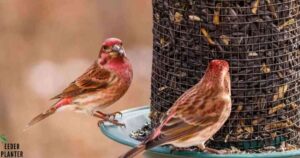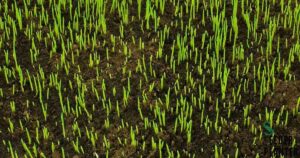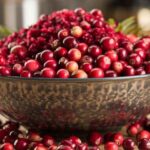Seed paper is a type of eco-friendly paper embedded with seeds. It can be planted in soil, and as it decomposes. The seeds inside it germinate and grow into plants.
In a world brimming with complexities, the simplicity of “seeder paper” stands out as a beacon of ease.There is a question about that, How to plant seed paper?.This innovative paper, embedded with seeds, transforms the act of writing into a powerful gesture towards sustainability. Imagine a world where every discarded note could sprout into a beautiful plant.
Unlike traditional paper, seeder paper is embedded with seeds, turning every discarded sheet into a potential source of life. As you jot down your thoughts or share messages, you’re not just creating words on paper. But also sows the seeds of environmental consciousness. From wildflowers to herbs, the range of seeds varies, offering a delightful and purposeful experience in nurturing nature.
Plantable types
There are six types of seed paper.And every type is fully explained.
- Wildflower
- Herb
- Vegetable
- Tree
- Customized
- Seasonal
Wildflower
Wildflower is a special kind of paper embedded with wildflower seeds. Instead of throwing it away, you can plant it in soil. The paper will decompose, and the seeds will grow into beautiful wildflowers. It’s a sustainable and eco-friendly way to share messages or greetings while supporting the environment.
Herb seed paper
Herb is special paper that contains tiny herb seeds. When you plant this paper in soil and water it, the seeds in the paper germinate and grow into herbs. It’s a sustainable way to grow herbs because the paper is biodegradable, and you don’t need to use plastic pots. Just plant, water, and watch your herbs grow!
Vegetable seed paper
Seed paper contains seeds of vegetables like tomatoes, carrots, or lettuce. Planting it can lead to a small vegetable patch.
Tree seed paper
Tree paper is a special type of paper that includes tree seeds within its fibers. Instead of being thrown away after use, this paper can be planted in soil. The seeds inside the paper will germinate and grow into trees, contributing to environmental sustainability. It’s a creative way to use paper and promote tree planting.
Customised seed paper
Some companies offer customizable options where you can choose the type of seeds.To which you want embedded in the paper, allowing for a personalised touch to your eco-friendly stationery.
Seasonal
Seasonal seed paper is a special type of paper embedded with seeds that are relevant to a specific season, like flowers for spring or vegetables for summer. Instead of throwing the paper away, you can plant it in soil. The paper will decompose, and the seeds will sprout, giving life to new plants. It’s a sustainable and eco-friendly way to share messages or greetings while contributing to the environment.
The best time when to plant seed paper
The best time to plant largely depends on the type of seeds embedded in it. For wildflowers, spring is ideal, as the soil warms up, while herbs and vegetables typically fare well when planted in the early to mid-spring. Tree seed paper, on the other hand, benefits from fall planting. Which allows the seeds to stratify over the winter for better germination.
Regardless of the seed type, a general rule is to plant the paper in a location with plenty of sunlight. That ensures optimal conditions for the seeds to sprout and flourish. So, seize the season, sow your paper, and watch your eco-friendly message bloom into a living testament of sustainability.
The required time seed paper takes to grow
The germination time for seed paper varies based on the type of seeds embedded. Generally, you can expect to see sprouts within 7 to 14 days for smaller seeds like herbs and wildflowers. Larger seeds, such as those for trees or vegetables, may take a bit longer, typically ranging from 14 to 30 days.
Patience is key as you await the delightful transformation from paper to plants. Ensure consistent watering and proper sunlight to expedite the growth process. In no time, your seed paper will evolve into a green reminder of the positive impact you’ve made on the environment.
Care about,How to plant seed paper?
Caring for seed paper is simple. Begin by planting it in a well-drained area with good sunlight. Keep the soil consistently moist, but not waterlogged, during the germination period. Once sprouts appear, continue regular watering. Consider providing a nutrient boost with organic fertilisers.
If planting outdoors, protect young seedlings from extreme weather conditions. As your plants grow, enjoy the blossoming beauty and contribute to a sustainable ecosystem with minimal effort.
What seed types are in seed paper?
Seed paper can contain a variety of seeds, such as wildflowers for vibrant blooms, herbs like basil or thyme for culinary delights, vegetables such as carrots or lettuce for a mini kitchen garden, and even tree seeds for larger environmental impact. The specific seed types vary based on the product.
Factors Affecting seeder paper
- Crop Type:Different crops may require specific seeders for optimal performance.
- Field Conditions:Varying terrains and soil types influence the choice of seeders.
- Farm Size:The scale of farming operations affects the selection of seeder size and capacity.
- Cost Considerations:Budget constraints impact the choice between manual, semi-automatic, and automatic seeders.
- Technological Advances:Rapid changes in technology influence the efficiency and features of modern seeders.
- Environmental Impact:Growing emphasis on sustainability influences seeder design and usage practices.
- Precision Agriculture:Integration of precision farming techniques affects the adoption of advanced seeders.
- Data Analysis:The ability to collect and analyse data from seeders impacts decision-making on the farm.
FAQ’s
What is the key focus of the seed paper?
The seed paper explores innovative advancements in seed planting technology.
How does the seed paper contribute to sustainable farming?
The seed paper introduces methods that minimise seed wastage, promoting eco-friendly agricultural practices.
What is the main takeaway from the seed paper’s findings?
AnThe seed paper emphasises the importance of precision in seed placement for optimising crop growth and productivity.
Conclusion
The seeder paper explores groundbreaking advancements in agricultural practices.Especially it focuses on innovations in seed planting technology. Through meticulous research, the paper introduces a novel approach to optimise seed placement.. This breakthrough not only enhances the efficiency of the seeding process but also contributes to sustainable farming practices by minimising seed wastage.
The implications of the findings presented in the paper extend beyond increased productivity, offering potential solutions to environmental challenges associated with traditional seeding methods. In the end, the seeder paper marks a significant step forward in the realm of agriculture. Which is showcasing how technological innovations can revolutionize essential processes. Ultimately benefits both farmers and the environment.

I am Alexander James, a seasoned professional with 4 years of expertise, brings passion and skill to every project. Elevate your experience with my knowledge and creativity.
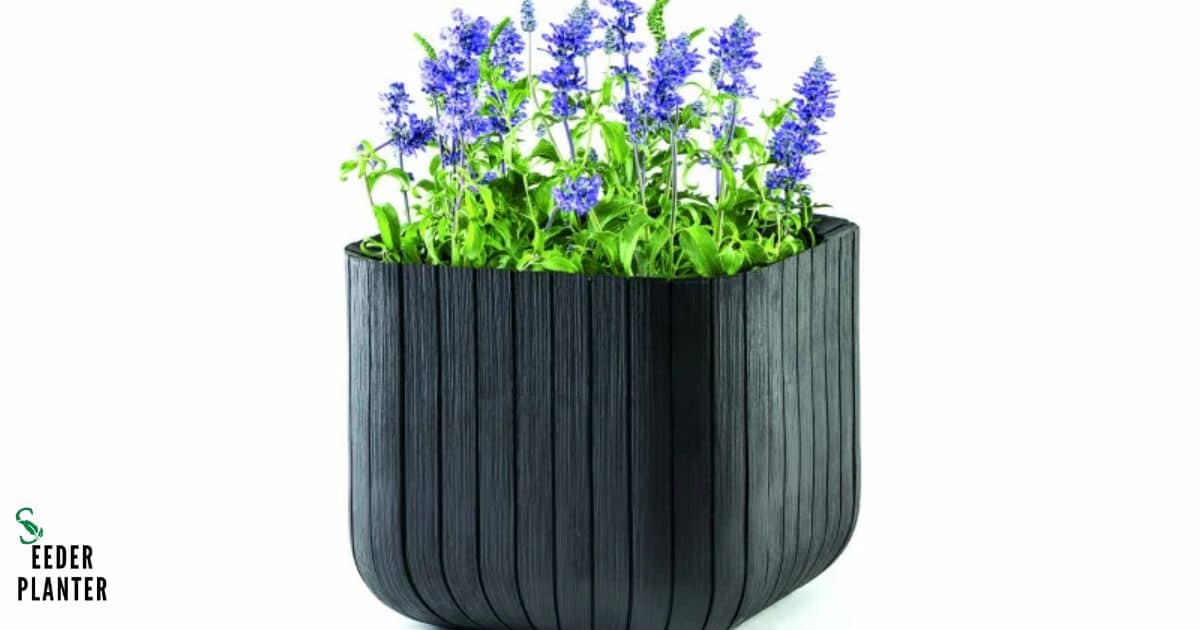

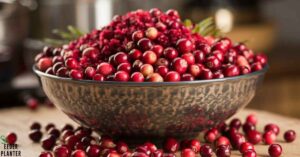
![Hollyhock Seeds: The Complete Guide to Success [2024]](https://seederabout.com/wp-content/uploads/2024/10/Hollyhock-Seeds-The-Complete-Guide-to-Success-2024-300x157.jpg)

